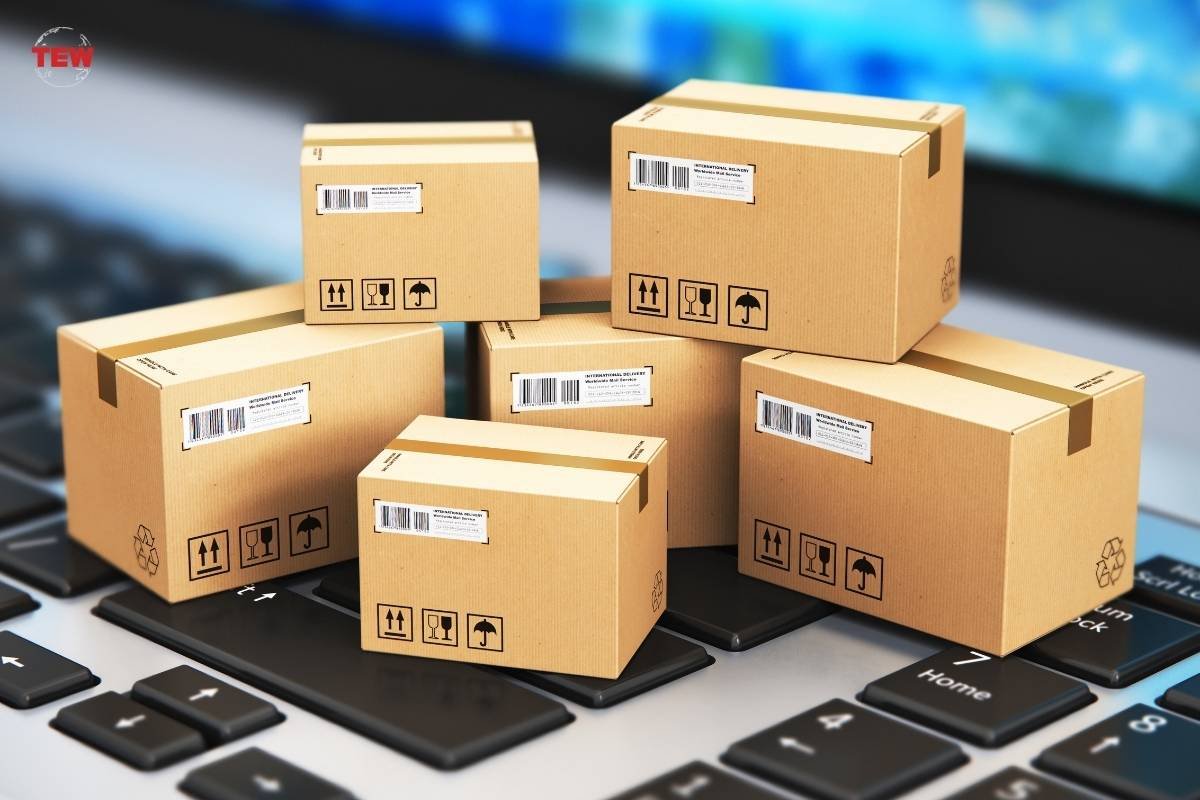Establishing an efficient shipping framework is vital for any ecommerce business aiming to thrive. A robust shipping strategy enhances operational efficiency and significantly ensures customer satisfaction by delivering products promptly and securely. This setup can help support the logistical aspect of ecommerce and strengthen customer trust and retention by providing a smooth and reliable shopping experience.
This comprehensive guide will give entrepreneurs the essential steps on how to set up shipping for Ecommerce
Understand Your Product And Shipping Needs
The first step in setting up shipping for ecommerce store is to understand the specifics of your product and how they influence shipping options. Consider the size, weight, and fragility of your products, as these factors will determine the packaging requirements and the choice of shipping carriers.
Shipping for Ecommerce: Also, assess whether your products have special shipping needs, such as refrigeration for perishables or additional security for high-value items.
Choose the Right Shipping Carriers

Selecting the right carriers is pivotal. National carriers offer various services catering to various shipping speeds and budgets. Regional carriers can be cost-effective for deliveries within specific areas.
Moreover, platforms like SKUTOPIA can provide solutions that streamline logistics from inventory management to order fulfillment, which can help your business optimize their ecommerce shipping process efficiently.
On the other hand, when selecting shipping carriers for your ecommerce business, it’s essential to conduct a thorough comparison to determine which services best align with your operational requirements and customer expectations. Some factors to consider include:
- Rates: Evaluate the cost-effectiveness of each carrier’s pricing structure.
- Delivery Times: Assess how well the carrier’s delivery speed matches your customers’ expectations.
- Reliability: Research the carrier’s reputation and consistency in timely deliveries.
- Tracking Services: Ensure the carrier offers comprehensive tracking capabilities, allowing you and your customers to monitor shipments in real-time.
Choosing the right carrier involves balancing these factors to optimize cost, efficiency, and customer satisfaction.
Determine Your Shipping Rates And Methods
Deciding on what shipping rates to offer (free shipping, flat rate, or variable rates based on actual cost) and the ecommerce shipping methods (standard, expedited, overnight) can significantly influence customer satisfaction and your profit margins. Free shipping, often used as a promotional tool, can increase conversion rates but needs to be balanced with the operational costs absorbed by your business. Flat rates are easier for customers to understand and can be simpler to manage.
Conversely, charging based on actual weight and distance can be fairer but might deter customers sensitive to higher fees.
Implement An Effective Packaging Strategy

Effective ecommerce packaging does more than protect your products during transit; it also represents your brand. Hence, it’s essential to use sturdy packaging to protect the products, not excessively heavy or bulky, as this can increase shipping costs. Consider eco-friendly packaging options to appeal to environmentally conscious consumers.
Additionally, packaging can provide a valuable branding opportunity. For example, custom boxes, tape, and inserts can enhance the customer unboxing experience and reinforce brand recognition.
Leverage Technology For Shipping Efficiency
Utilizing technology can drastically improve the efficiency and reliability of your shipping process. Shipping software can automate many aspects of shipping logistics, from printing shipping labels to tracking shipments and managing returns.
Integrating your ecommerce platform with these systems ensures that order information is accurately and efficiently processed, which reduces manual errors and saves time.
Set Up An Organized Order Fulfillment System
Your order fulfillment process should be organized and efficient to handle orders swiftly and accurately. This includes having a well-organized and efficient warehouse or storage area, clear labeling systems, and reliable processes for picking, packing, and shipping products. Regular audits and optimizations of this process can lead to faster dispatch times and reduced mistakes, improving customer satisfaction and loyalty.
Establish Clear Shipping Policies
Establishing clear, transparent shipping policies and communicating them effectively to your customers is vital. These policies should cover shipping options, expected delivery times, costs, tracking information, and return policies. Clear policies can help set customer expectations and can reduce the number of customer service inquiries. Make sure these policies are easy to find and understand on your website.
Monitor And Optimize Shipping Operations

Once your shipping operations are underway, ongoing monitoring ensures everything runs smoothly. Regularly review the performance of your chosen shipping carriers, the effectiveness of your packaging, and customer satisfaction with shipping times and costs. Use customer feedback and shipping analytics to identify areas for improvement and adjust your ecommerce shipping strategy.
Consider International Shipping
If you plan to expand your market reach beyond domestic borders, consider the implications of international shipping. This includes understanding and complying with international shipping regulations, additional costs, and longer delivery times. Partnering with logistics providers who specialize in international shipping can simplify this process and help avoid common pitfalls such as customs delays.
Shipping for Ecommerce: Final Thoughts
As your ecommerce business grows, so will the complexities of your shipping needs. Regularly revisiting and refining your shipping strategy is essential to adapt to changes in your business scale, product range, and customer expectations. By keeping the information mentioned above in mind, you can ensure your shipping for ecommerce operations can contribute positively to customer satisfaction and business success.




